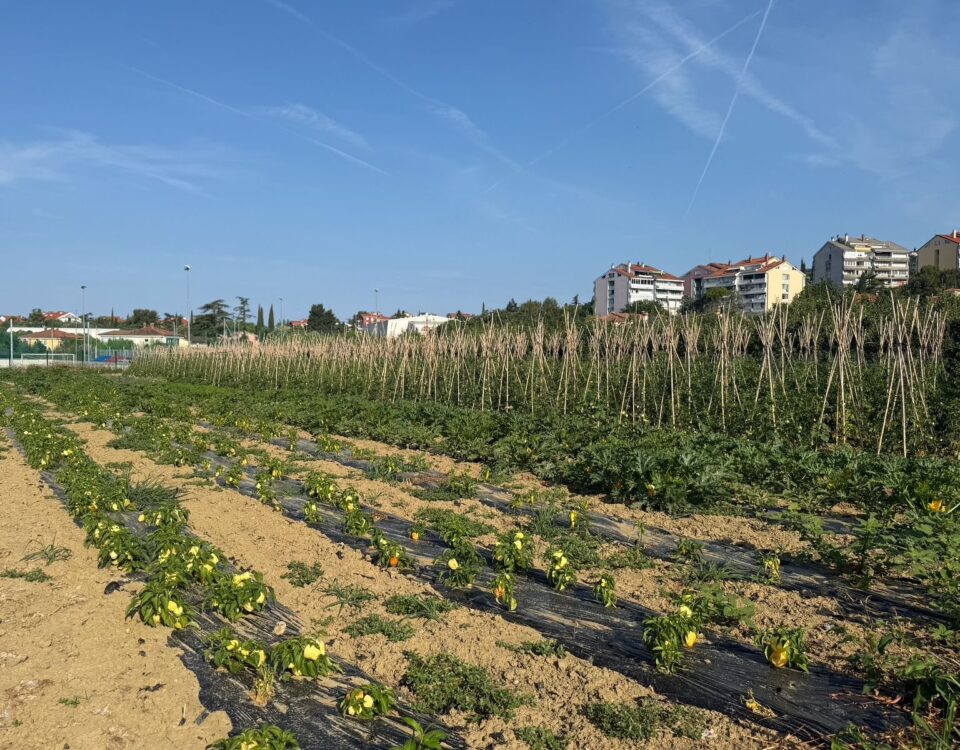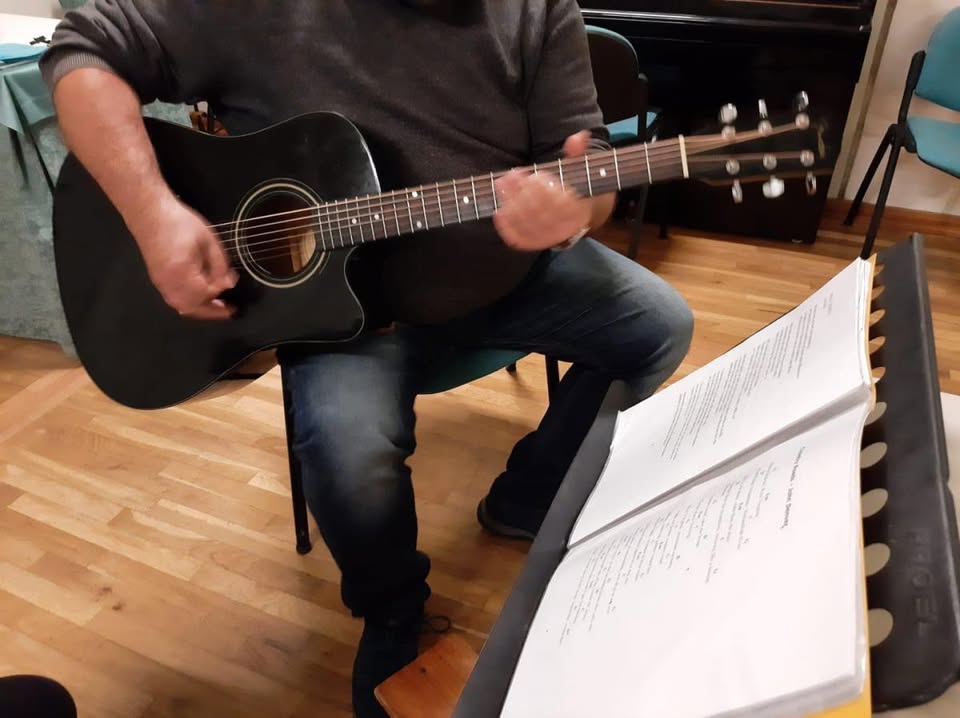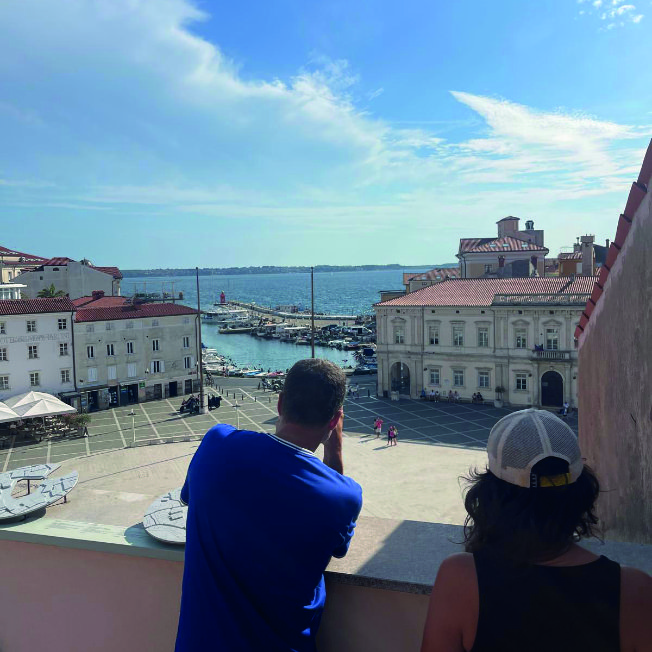26 febbraio / 26. februar
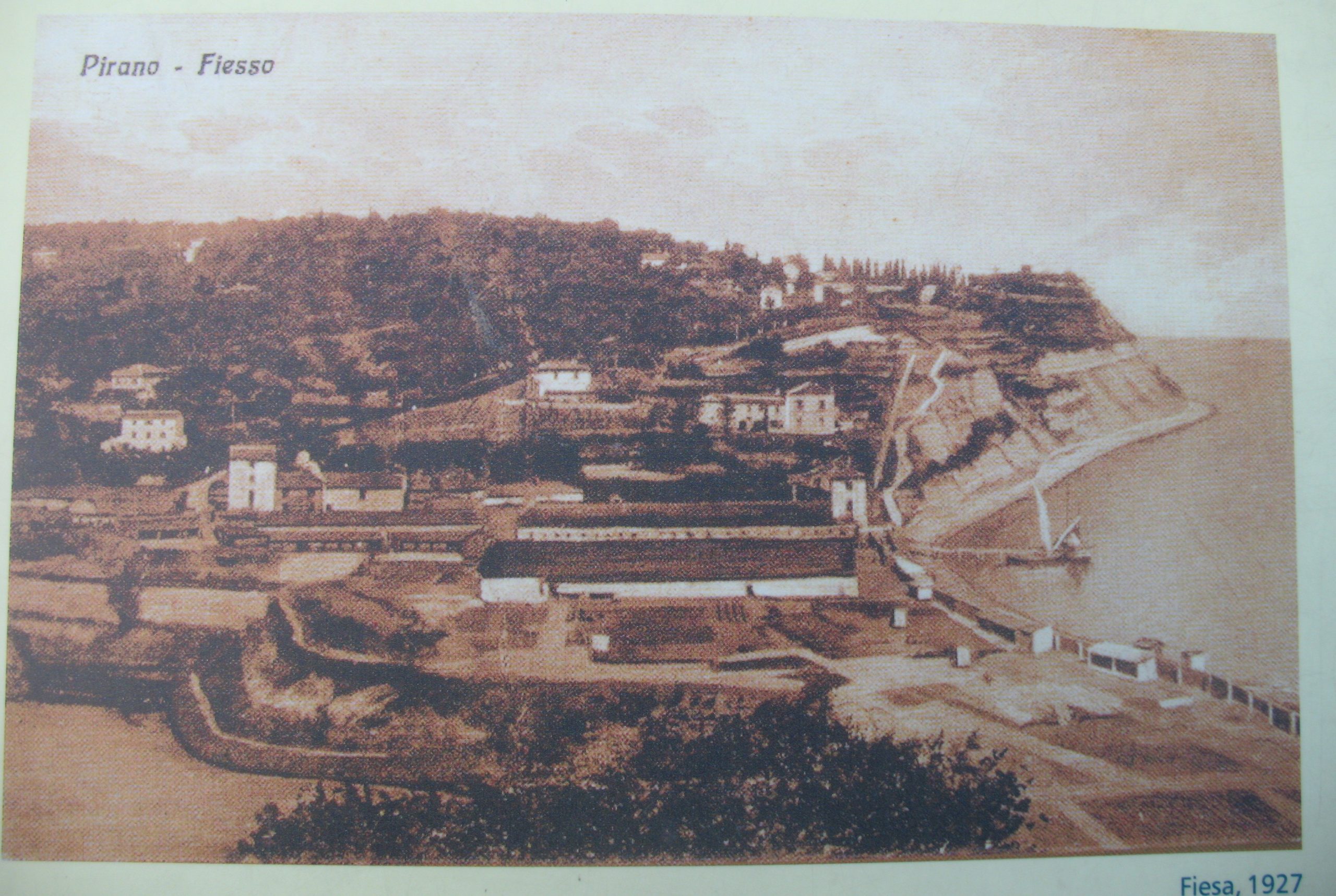
Riuscito l’incontro dedicato all’archeologia industriale di Pirano
02/23/2021Riunione del Consiglio CAN Pirano
03/04/2021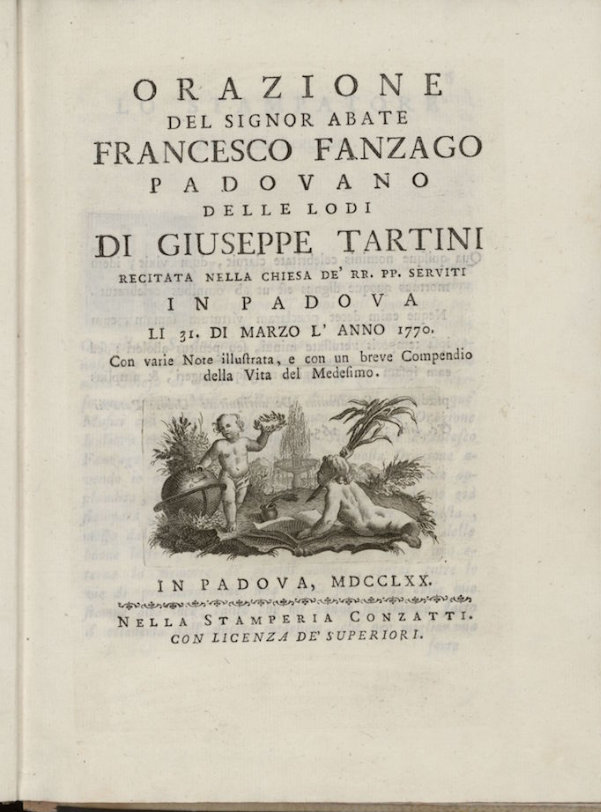
In data odierna, nell’anno 1770, moriva Giuseppe Tartini, violinista, compositore, insegnante di musica e teorico musicale. Giuseppe Tartini nacque l’8 aprile 1692, in una casa nella piazza centrale di Pirano che oggi prende il nome dalla famiglia Tartini ed è dichiarata monumento culturale di architettura borghese.
È sepolto a Padova, accanto alla moglie, nella chiesa di Santa Caterina d’Alessandria. Circa un mese dopo la sua morte, Giulio Meneghini, successore e studente prediletto di Tartini, che dopo il pensionamento dell’insegnante divenne a sua volta maestro di concerto dell’orchestra della Basilica di Sant’Antonio a Padova, gli dedicò una messa funebre. La solenne cerimonia si svolse il 31 marzo 1770 nella Chiesa di Santa Maria dei Servi, molti musicisti resero omaggio al violinista e suo amico Francesco Antonio Vallotti, compositore, organista e maestro di capella, scrisse per l’occasione un inno. Dopo la cerimonia religiosa, il giovane abate Francesco Fanzago lesse un’orazione funebre davanti alla tomba aperta. L’orazione fu presto stampata, vi furono aggiunti degli appunti e un’acquaforte con il ritratto di Tartini. Grazie a questa orazione, oggi conosciamo molti dettagli della vita del violinista. Una copia del libretto con l’orazione si trova nella Collezione museale di Giuseppe Tartini, custodita dal Museo del mare “Sergej Mašera” Pirano, e fa parte del Percorso museale nella Casa Tartini. Nell’ambito del progetto europeo tARTini (Interreg Slovenia-Italia) il libretto con l’orazione funebre assieme ad altro materiale è stato scannerizzato e pubblicato sul sito www.discovertartini.eu.

Na današnji dan, leta 1770, je umrl Giuseppe Tartini, violinist, skladatelj, glasbeni pedagog, glasbeni teoretik. Rojen je bil v Piranu, 8. aprila 1692, v hiši na osrednjem piranskem trgu, ki je danes poimenovana po družini Tartini in razglašena za kulturni spomenik meščanske arhitekture.
Pokopan je v Padovi, poleg svoje žene, v cerkvi svete Katarine Aleksandrijske. Približno mesec dni po njegovi smrti, je njegov naslednik in najljubši gojenec, Giulio Meneghini, ki je po učiteljevi upokojitvi postal koncertni mojster orkestra bazilike svetega Antona v Padovi, mojstru posvetil pogrebno mašo. Svečani obred je potekal 31. marca 1770 v Cerkvi Marijinih služabnikov (Chiesa di Santa Maria dei Servi), maestru so se poklonili številni glasbeniki, Tartinijev prijatelj-skladatelj, organist in kapelski mojster-Francesco Antonio Vallotti pa je zanj napisal hvalnico. Po verskem obredu je mlad opat Francesco Fanzago prebral govor ob odprtem grobu. Govor je bil kmalu tudi natisnjen, dodane so mu bile opombe in jedkanica s Tartinijevim portretom. Zahvaljujoč temu govoru danes poznamo marsikatero podrobnost iz violinistovega življenja. Izvod drobne knjižice s pogrebnim govorom si lahko ogledate v Muzejski zbirki Giuseppeja Tartinija, za katero skrbi Pomorski muzej “Sergej Mašera” Piran in je del Muzejske poti v Hiši Tartini. V okviru evropskega projekta tARTini (Interreg Slovenija-Italija) je bila knjižica s posmrtnim govorom, skupaj z drugim gradivom, tudi skenirana in objavljena na spletni strani www.discovertartini.eu.

